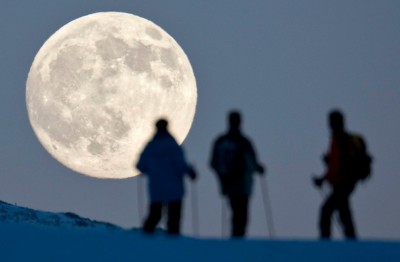
James Chastek, in a post at Just Thomism, starts out discussing absolute and relative motion …
We pulled into the gas station and I was amazed by the number of bugs that had flown into the grill of the car. But then it hit me that this was not the best description of what happened. Or was it? If you’ve ever driven in snow, you’ve had the sense that the flakes were flying into the headlights, but it’s probably silly to see it in this way. Making the car a stationary frame of reference would lead to an odd account of how snow fell; and doing the same to explain bug splatter gives us an odd account of how fast the bug can fly. For all that, he looked like he flew straight at me.
… but ends up in an interesting reflection on what constitutes a ‘whole’ and in particular what the ‘wholeness’ of the Universe could be …
But why are there cars, though? This is only because we can appeal to a unity of function or of intention: a car is a whole either because it is the best thing to act carwise or because some automaker intends it to be one thing. But in virtue of which of these is the universe one whole?
This caught my eye because one of my theological interests is in what cosmology might be as a way of thinking about the whole of creation as distinct from just talking about everything that is. What makes the Universe a Cosmos? What makes the whole a structured, ordered, beautiful, unity? Or is it indeed such a whole? And, either way, what is the view from within the whole like when we can resist the temptation to fantasize that there is a place to stand outside it? One of the reasons I admire the physical cosmology of Lee Smolin is that he explicitly eschews a view from outside in formulating his physics.